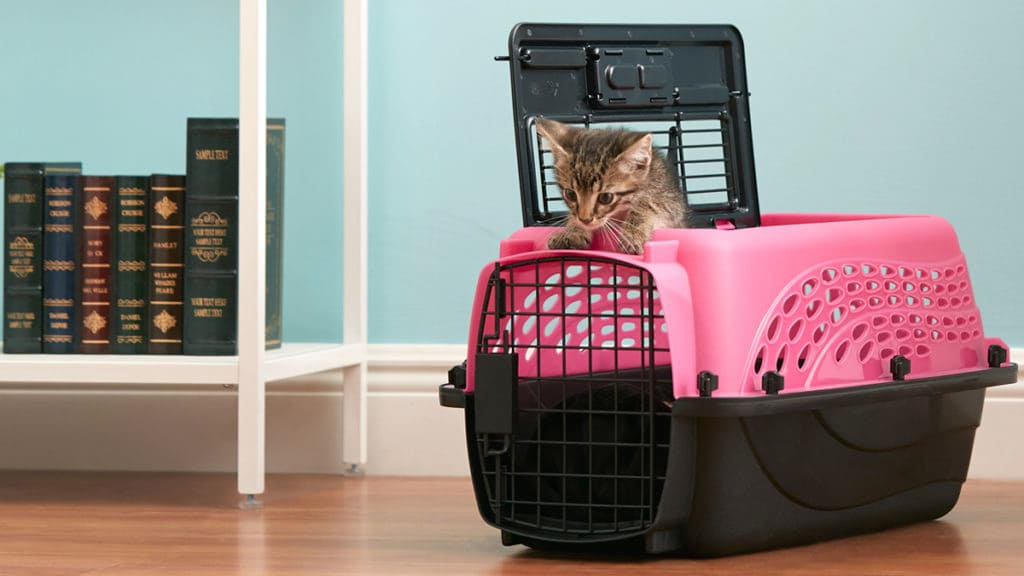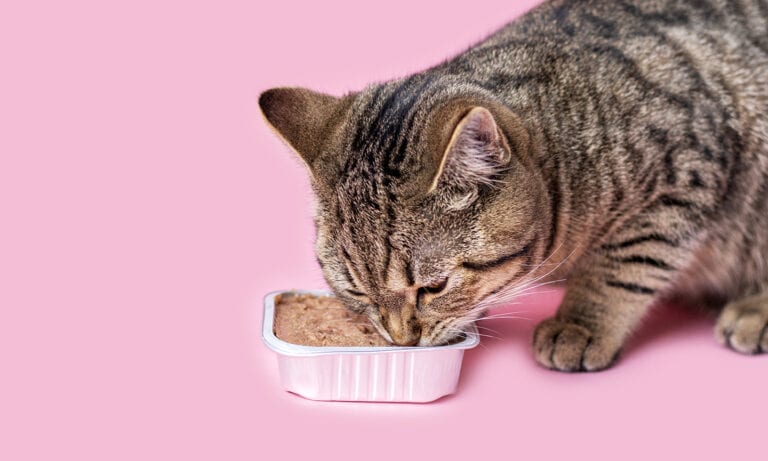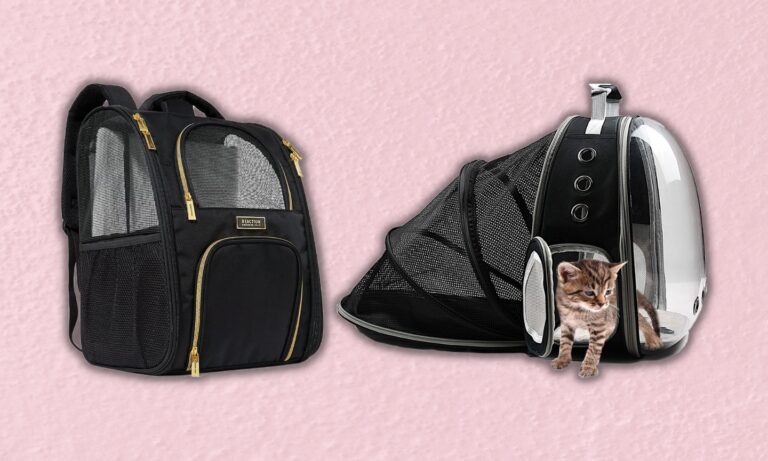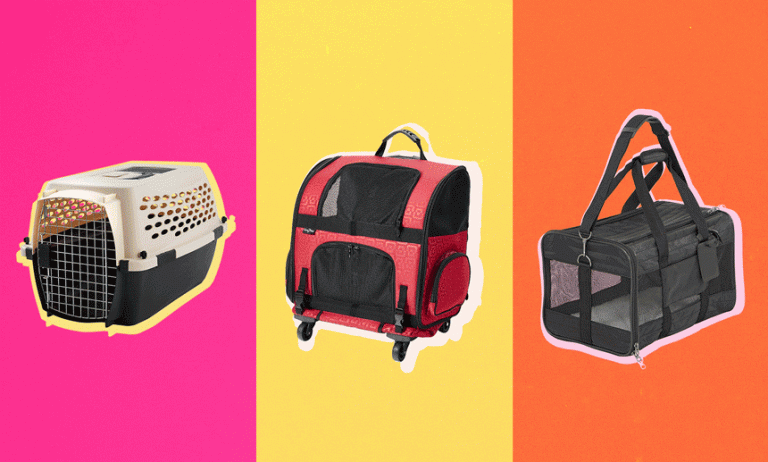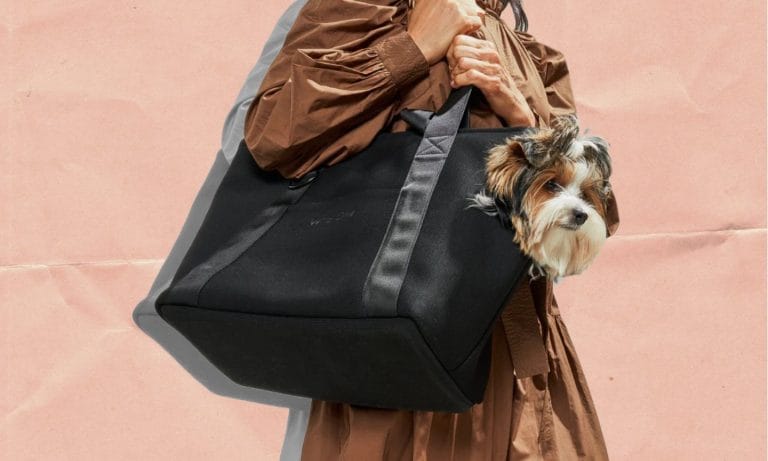I have a client whose cat loves going places. He’ll jump right into a carrier in the car, just to get driven around. He loves his car rides! Unfortunately, most cat owners aren’t that lucky.
The average cat hates travel, mostly because they hate the carrier. It doesn’t have to be that way, though. Whether you plan on moving with cats, or are headed to the animal hospital to see the veterinarian, you can help your stressed cat feel more comfortable during pet travel. It just takes time and training.
How to Get Your Cat Used to Their Carrier
Before you can get your cat used to their carrier, you actually have to get your cat into the carrier—on their own terms. Once you have successfully introduced your cat to the carrier, continue to make the space interesting and rewarding for your pet.
Find the Right Crate for Your Cat
The first step in teaching your stressed cat to relax in a carrier is to choose a cat carrier that is easy to work with. One good option is the Frisco Plastic Kennel, which has snap-shut latches on the smaller models that make it easy to remove the top of the carrier. An even better option is to get a carrier that is not only easy to take apart, but also has a top door, like the Frisco Two Door Top Load Plastic Kennel. This makes it easier to access your cat when you’re on the go.
See more cat carriers and crates.
Make the Crate Approachable
Once you’ve chosen a carrier, it’s time to help your cat to become comfortable in it. The first step is to to leave it out where your cat can easily get to it. Keep the door open or if you have a hard-sided carrier, take it apart and leave just the bottom part of the crate out.
Put some kind of cushy bedding inside it—a blanket, like Frisco’s Sherpa pet blanket, bed or towel, for example.
Then drop some tasty treats on the bedding. PureBites freeze-dried chicken treats are a good option, since they include only one ingredient: chicken breast. You can also spray the bedding with Feliway Travel Spray, which mimics facial pheromones that have been proven to have a calming effect on cats. If your cat likes catnip, you can put some in the crate bottom. Try Yeowww! catnip, which is organically grown and contains only catnip leaves and flower tops for greater efficacy.
It doesn’t matter if your cat sees you do any of this or not; just leave the crate as is (the door open or top taken off, and the bottom part with bedding, treats, Feliway and catnip), and let your cat discover it on their own. Throughout the day, check the crate bottom to see if there are still treats in it. If there aren’t, add a treat or two. Replace the bedding as necessary, and refresh the Feliway by re-spraying about twice a day.
Feed Your Cat in the Crate
Another helpful step is to feed your cat all his meals in the crate bottom. Make a trail of food leading up to it, and put the bowl or food toy in the crate bottom. Continue to do this for at least a week. In addition to feeding meals and dropping treats in there, you can also drop an interesting toy, like SmartyKat’s Skitter Critters catnip toy, in once in a while. The goal is to teach your cat that it’s worth checking out the crate bottom, since there’s always new, fun stuff in there.
Once your cat is regularly wandering into the crate bottom, you can put the top of the crate on. Keep the door off entirely, for now. Continue to do everything you’ve been doing to make the crate interesting. If your cat is hesitant about walking into the crate now that the top is on, feed meals just outside the door—as close as you can get without the cat refusing the meal. After a few days of meals close to, but not in, the crate, you can slowly inch the meals into the crate, and finally all the way in. Continue with treats, Feliway, toys and meals in the crate for at least another week.
Introduce the Door Slowly
After a week or so, assuming that your cat is spending time in the crate regularly even though the top is on, put the door on, but tie it back so it can’t swing shut. Leave things that way for a few days so the cat has time to get used to seeing the door on the crate (but open), while everything else stays the same.
The next step is to start shutting the door—but only briefly—while your cat is in there. Start by putting a special toy in there, or put the cat’s food bowl in, and wait for your cat to enter the crate and get interested in the toy or bowl. Then briefly shut the door while the cat is engaged with the toy or food. Reopen the door within a minute or two. Be sure to open the door before the cat disengages from the toy or food! Gradually increase how long you keep the door closed. If your cat gets nervous when you shut the door, swing it only partway shut at first, or shut it for literally a second at a time to start. You can also drop an extra treat into the crate right after you shut the door, so the cat associates the door shutting with extra treats appearing in the crate.
Teach Your Cat to Enter on Cue
Once your cat is relaxed about walking into their crate or carrier and being in there with the door shut, you can teach them to enter it on cue. To do this, begin by saying a cue such as “crate up” and then tossing a treat or toy into the crate, or putting the cat’s meal inside the crate. Repeat this until your cat is willingly entering whenever you say the cue.
Preventing a Stressed Cat During Pet Travel
Now that you cat has gotten used to their carrier, you are ready to hit the road. Here are a couple more tips to ensure you don’t have a stressed cat during pet travel:
- Carry the crate against your chest, like a heavy box, so that it doesn’t swing around as you walk. Also, secure the crate so that it stays in place in the car. The steadier you can keep the crate, the less stressed your cat will be. Never carry the crate by the handle while your cat is inside it!
- Keep the bedding comfortable, and use Feliway every time you put the cat in the crate.
- Consider putting a towel over the crate, so your cat doesn’t see potentially frightening things outside.
For best results, keep the crate out as permanent “furniture.” Maintain it as a cozy spot using good bedding, food, toys, catnip and Feliway in between times when you need to crate the cat for transport. This will help your cat feel good about the crate in the long run.
One last tip: For every time you need to go somewhere potentially stressful, such as the veterinarian or animal hospital, crate your cat and go somewhere fun—even if that’s just the next room—at least five to 10 times before the next stressful trip. That way, your cat will learn that in most cases, trips in the carrier are short, and lead to fun times.
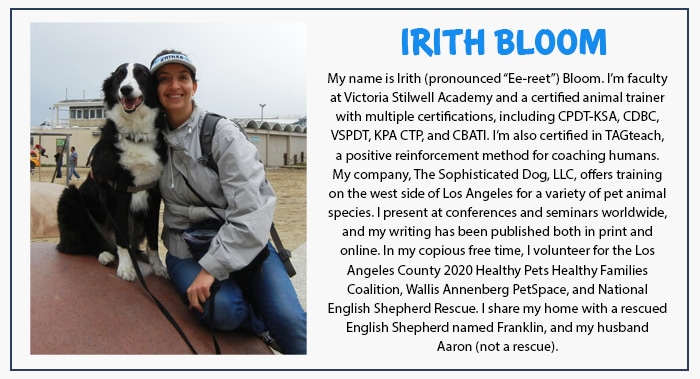
Share:
